No one truly knows the secrets of those who have gone before us, for only the Knower of the hidden is acquainted with them. All we can do is reason from the known to the unknown. Yet many an inference accords with a hidden truth; were it not so, little could be known.
Ma

m

d Mu

ammad Sh

kir, Qa

iyyat al-shi

r al-j

hil

, 58
The Canonization of Islamic Law
A Social and Intellectual History
Ahmed El Shamsy
The University of Chicago
32 Avenue of the Americas, New York, NY 10013-2473, USA
Cambridge University Press is part of the University of Cambridge.
It furthers the Universitys mission by disseminating knowledge in the pursuit of education, learning, and research at the highest international levels of excellence.
www.cambridge.org
Information on this title: www.cambridge.org/9781107041486
Ahmed El Shamsy 2013
This publication is in copyright. Subject to statutory exception and to the provisions of relevant collective licensing agreements, no reproduction of any part may take place without the written permission of Cambridge University Press.
First published 2013
Printed in the United States of America
A catalog record for this publication is available from the British Library.
Library of Congress Cataloging in Publication data
El Shamsy, Ahmed, 1976
The canonization of Islamic law : a social and intellectual
history / Ahmed El Shamsy.
p. cm.
Includes bibliographical references and index.
ISBN 978-1-107-04148-6 (hardback)
1. Islamic law History. 2. Canonization. I. Title.
KBP50.E4 2013
340.59dc23 2013007633
ISBN 978-1-107-04148-6 Hardback
Cambridge University Press has no responsibility for the persistence or accuracy of URLs for external or third-party Internet Web sites referred to in this publication and does not guarantee that any content on such Web sites is, or will remain, accurate or appropriate.
Contents
Acknowledgments
I never chose this topic. I stumbled upon it quite by accident, via the chance discovery of a manuscript (al-Buway 
 s Mukhta
s Mukhta  ar ) that distracted me from the research project on legal maxims that I had been pursuing. What was intended as a semesters digression turned into nearly a decades exploration of the origins of Islamic law and its institutions. In that time, I have received inspiration, feedback, and support from innumerable people, many of whom I have forgotten to thank here. The questions and hypotheses that animate this book emerged and were refined in conversations with Bilal Aybakan, Murteza Bedir, Eyyp Said Kaya, Kevin Reinhart, Gregor Schoeler, Himmet Ta
ar ) that distracted me from the research project on legal maxims that I had been pursuing. What was intended as a semesters digression turned into nearly a decades exploration of the origins of Islamic law and its institutions. In that time, I have received inspiration, feedback, and support from innumerable people, many of whom I have forgotten to thank here. The questions and hypotheses that animate this book emerged and were refined in conversations with Bilal Aybakan, Murteza Bedir, Eyyp Said Kaya, Kevin Reinhart, Gregor Schoeler, Himmet Ta  kmr, and especially Aron Zysow. In addition, I have benefited from the opportunity to discuss my research at a number of venues, most importantly at the collegial annual gatherings of the American Oriental Society. I gratefully acknowledge the generous advice of Peri Bearman, the developmental guidance of Bud Bynack, the research assistance of Kh
kmr, and especially Aron Zysow. In addition, I have benefited from the opportunity to discuss my research at a number of venues, most importantly at the collegial annual gatherings of the American Oriental Society. I gratefully acknowledge the generous advice of Peri Bearman, the developmental guidance of Bud Bynack, the research assistance of Kh  lid
lid  Abduh, and the instruction in Sh
Abduh, and the instruction in Sh  fi
fi 
 law given to me by Shaykh Na
law given to me by Shaykh Na  r al-D
r al-D  n Sha
n Sha  b
b  n, which laid the foundation for everything I have since learned about the subject. Roy Mottahedeh, Aron Zysow, Intisar Rabb, Khaled El-Rouayheb, Andreas Grke, and two anonymous reviewers provided useful comments on drafts of the manuscript or of parts of it. Finally, I thank my wife and editor, Hanna Siurua, for her merciless but constructive prodding, criticism, and suggestions, all of which have immeasurably improved this book in both form and content.
n, which laid the foundation for everything I have since learned about the subject. Roy Mottahedeh, Aron Zysow, Intisar Rabb, Khaled El-Rouayheb, Andreas Grke, and two anonymous reviewers provided useful comments on drafts of the manuscript or of parts of it. Finally, I thank my wife and editor, Hanna Siurua, for her merciless but constructive prodding, criticism, and suggestions, all of which have immeasurably improved this book in both form and content.

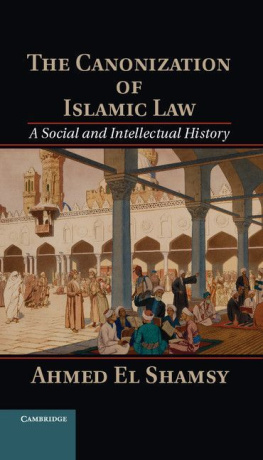
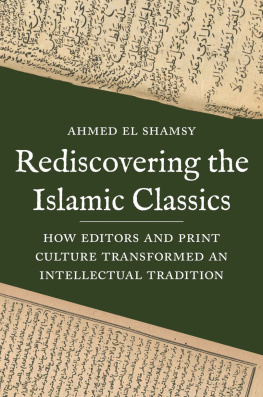
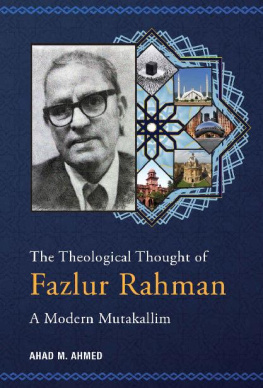
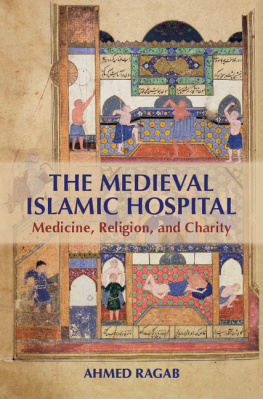
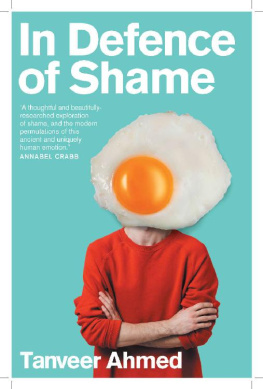

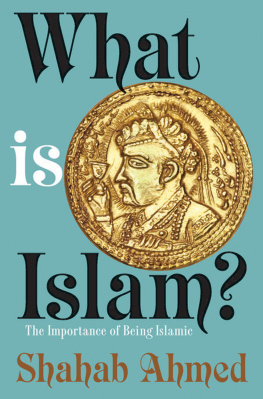
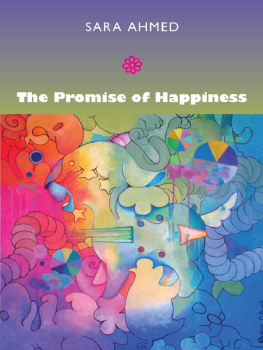
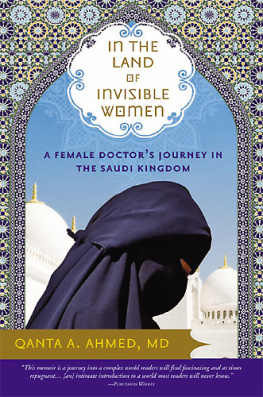
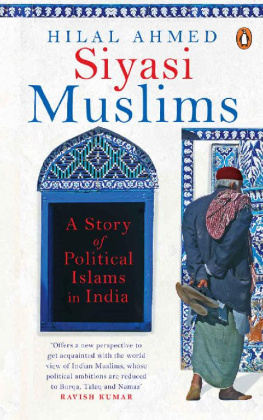
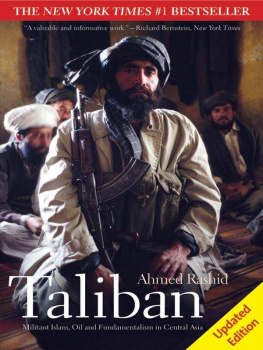
 ammad b. Idr
ammad b. Idr  s al-Sh
s al-Sh  fi
fi 

 d Mu
d Mu  iyyat al-shi
iyyat al-shi 


 ar ) that distracted me from the research project on legal maxims that I had been pursuing. What was intended as a semesters digression turned into nearly a decades exploration of the origins of Islamic law and its institutions. In that time, I have received inspiration, feedback, and support from innumerable people, many of whom I have forgotten to thank here. The questions and hypotheses that animate this book emerged and were refined in conversations with Bilal Aybakan, Murteza Bedir, Eyyp Said Kaya, Kevin Reinhart, Gregor Schoeler, Himmet Ta
ar ) that distracted me from the research project on legal maxims that I had been pursuing. What was intended as a semesters digression turned into nearly a decades exploration of the origins of Islamic law and its institutions. In that time, I have received inspiration, feedback, and support from innumerable people, many of whom I have forgotten to thank here. The questions and hypotheses that animate this book emerged and were refined in conversations with Bilal Aybakan, Murteza Bedir, Eyyp Said Kaya, Kevin Reinhart, Gregor Schoeler, Himmet Ta  kmr, and especially Aron Zysow. In addition, I have benefited from the opportunity to discuss my research at a number of venues, most importantly at the collegial annual gatherings of the American Oriental Society. I gratefully acknowledge the generous advice of Peri Bearman, the developmental guidance of Bud Bynack, the research assistance of Kh
kmr, and especially Aron Zysow. In addition, I have benefited from the opportunity to discuss my research at a number of venues, most importantly at the collegial annual gatherings of the American Oriental Society. I gratefully acknowledge the generous advice of Peri Bearman, the developmental guidance of Bud Bynack, the research assistance of Kh